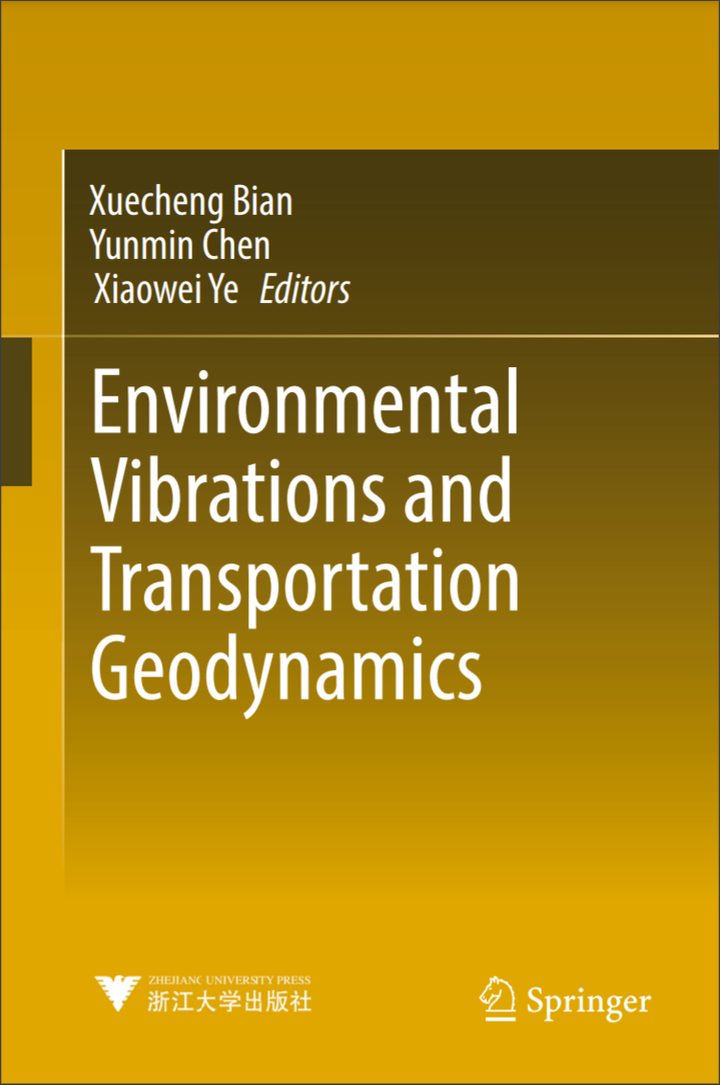DEM Simulation of Simplified Railway Embankment Under the Effect of Train-Induced Dynamic Load

Abstract
With the rapid development of high-speed railway over the world in recent years, more and more researchers are focused on the strength, stiffness and stability of the embankment. It’s more and more popular to use the discrete element method (DEM) to study cemented granular materials (e.g. rocks and concrete).
This paper verified the Timoshenko beam bond model (TBBM) presented by the University of Edinburgh, then compared the bending and dynamic response of a simply supported beam under the effects of moving load with the analytical prediction. It’s ideally suited to use DEM to model the railroad ballast layer considering the naturally discrete inhomogeneous structure. A simplified railway embankment model composed of equal-sized ballast particles was built and the loading response of the simplified embankment was then investigated. The results show the feasibility of modeling train-induced dynamic load through adding moving load to railway track made up with the bonded particles.
This paper presents one way to take the discrete features of the ballast layer and the characteristics of railway track into consideration in the same DEM framework at the same time. Apart from that, the mechanical characteristics of the ballast layer and the interactions between the ballast and railway track can be easily studied.